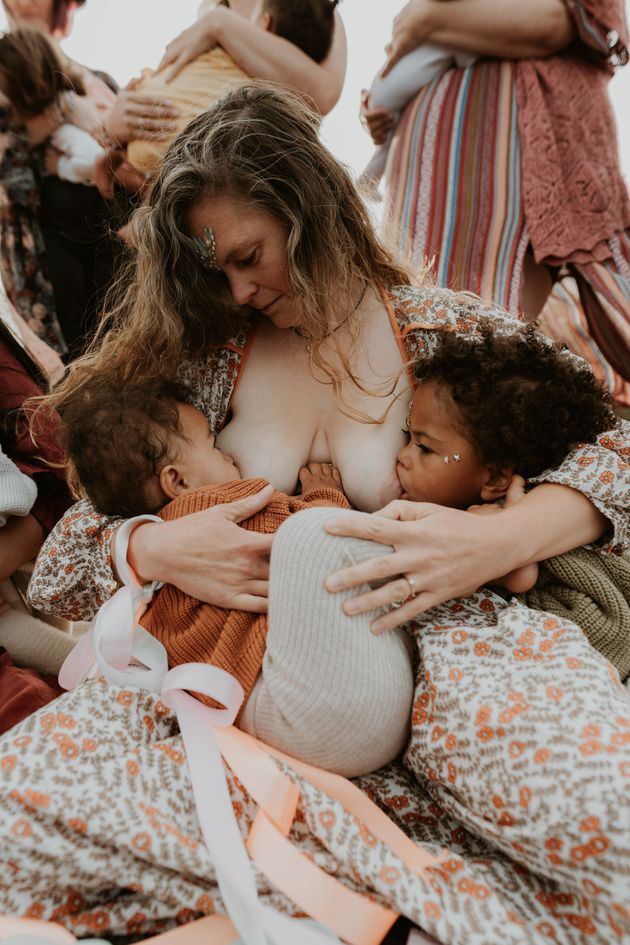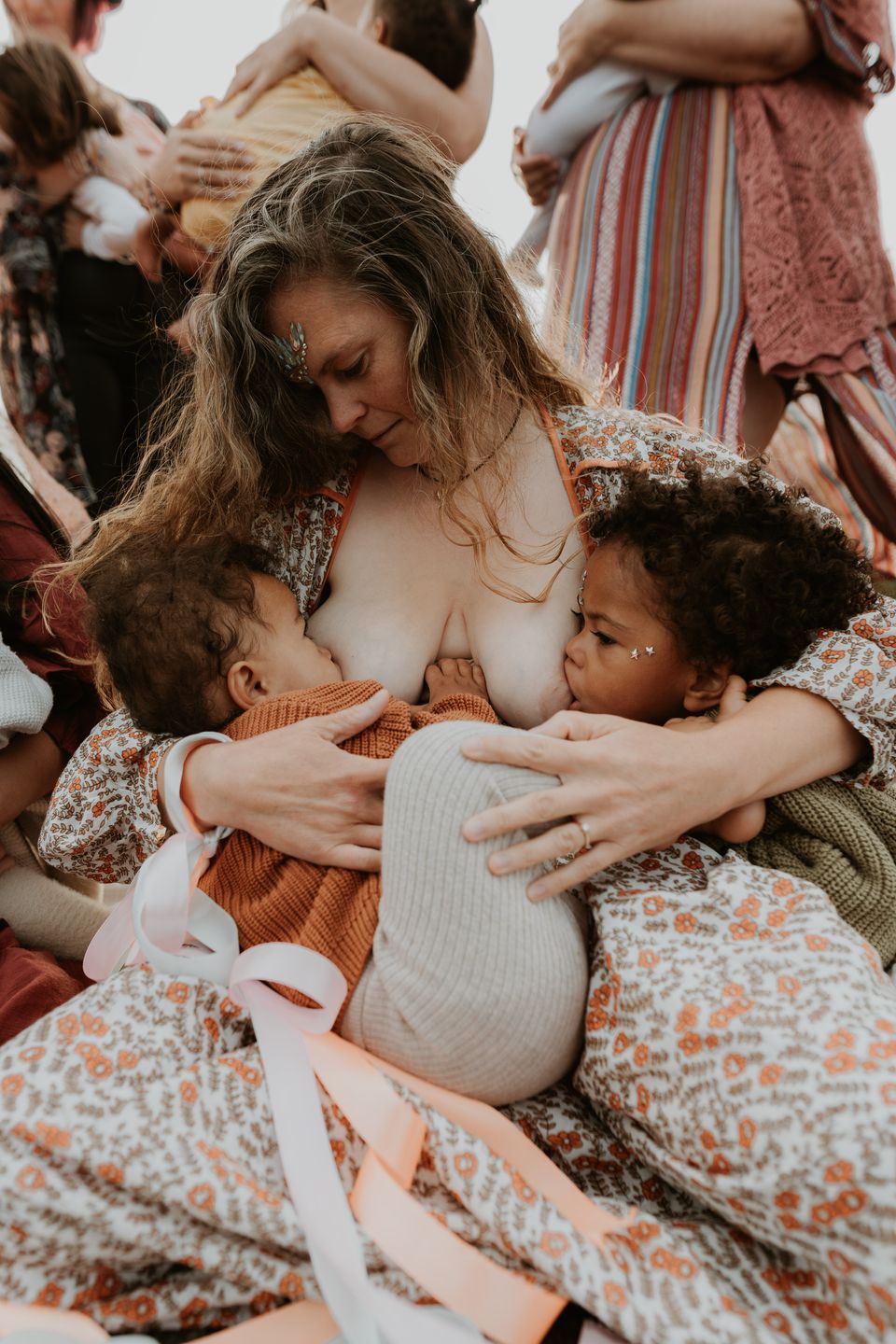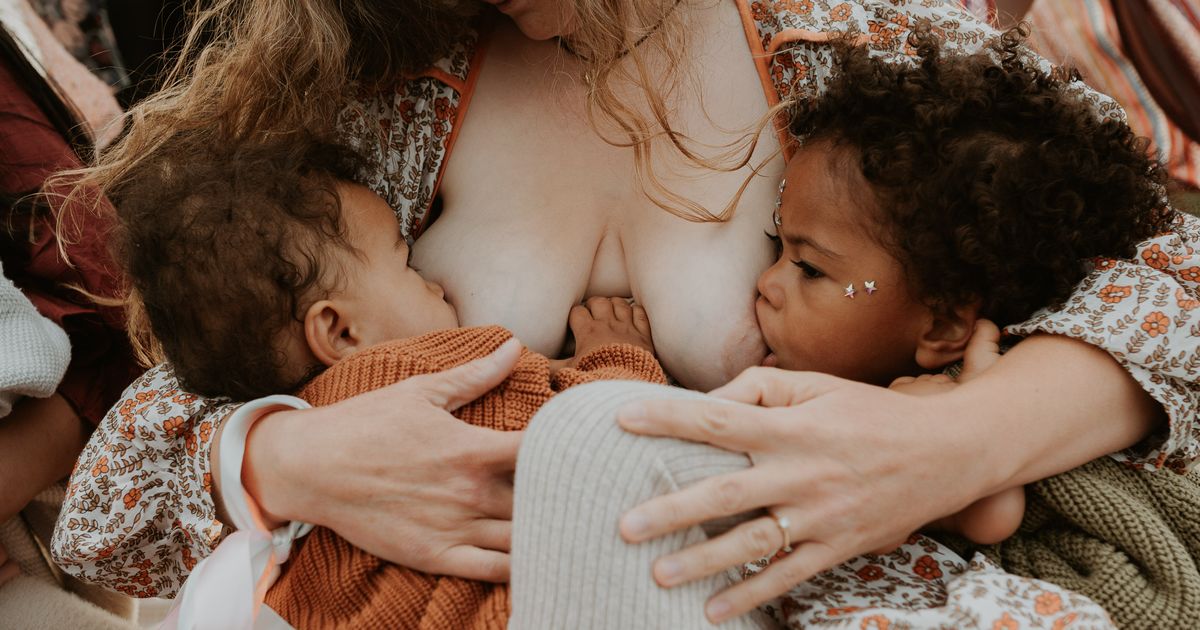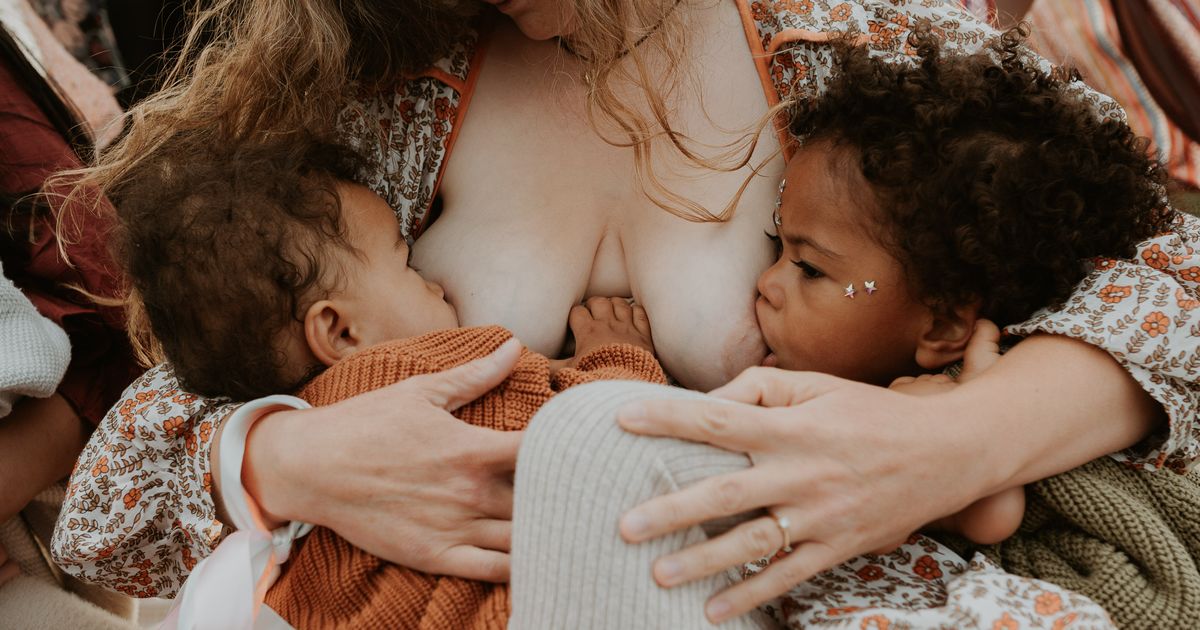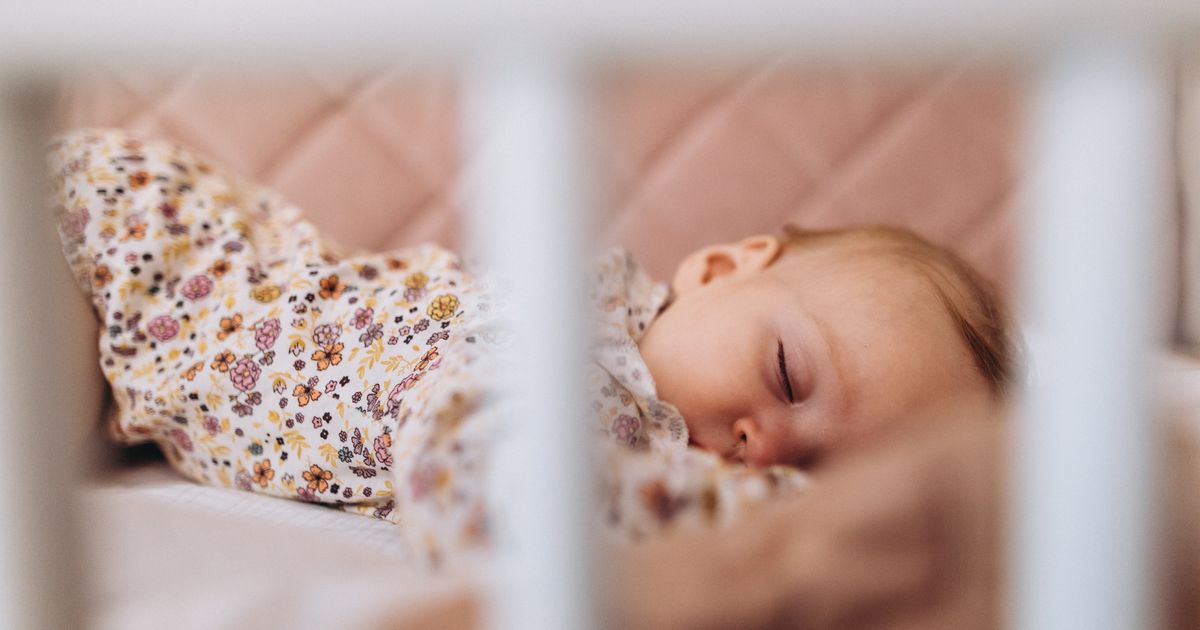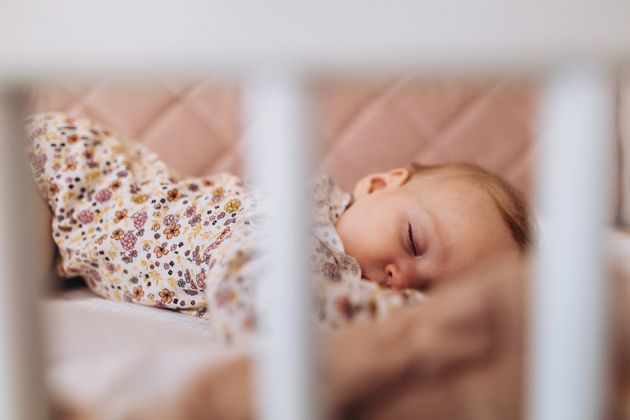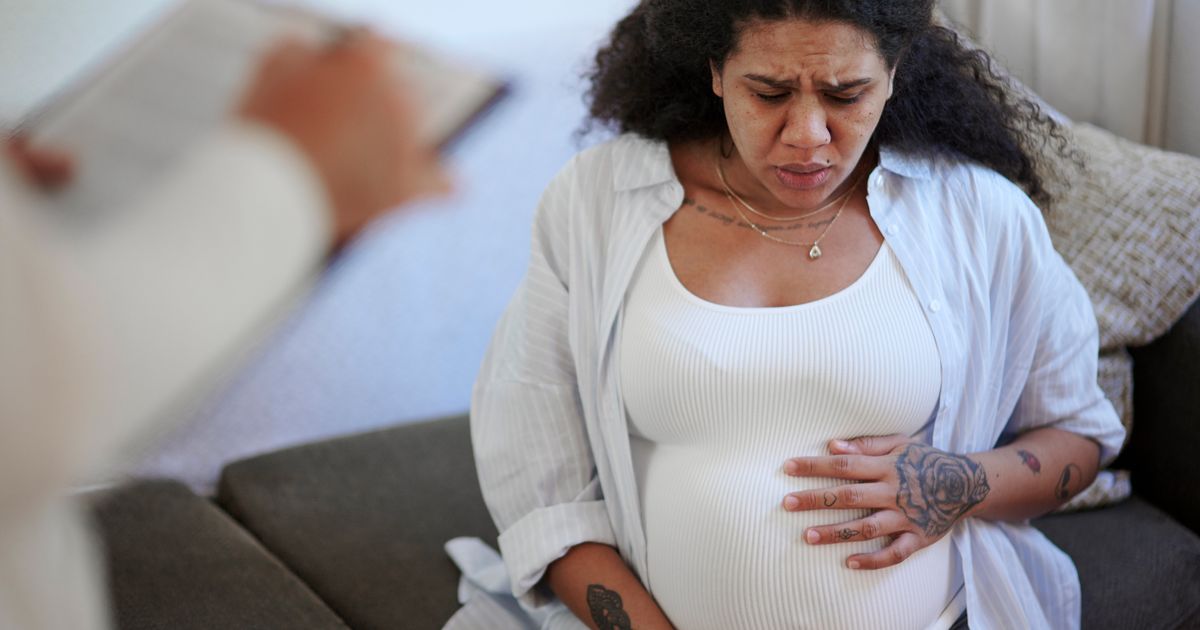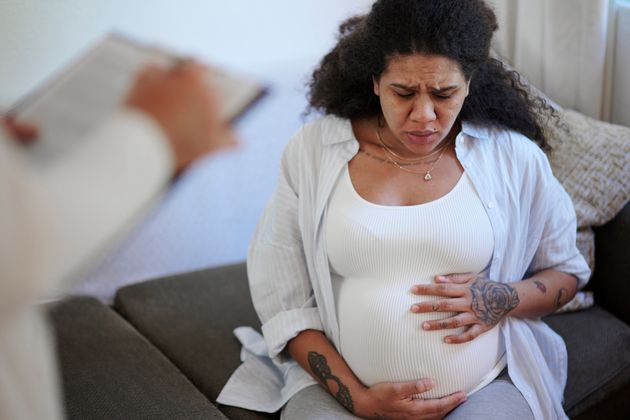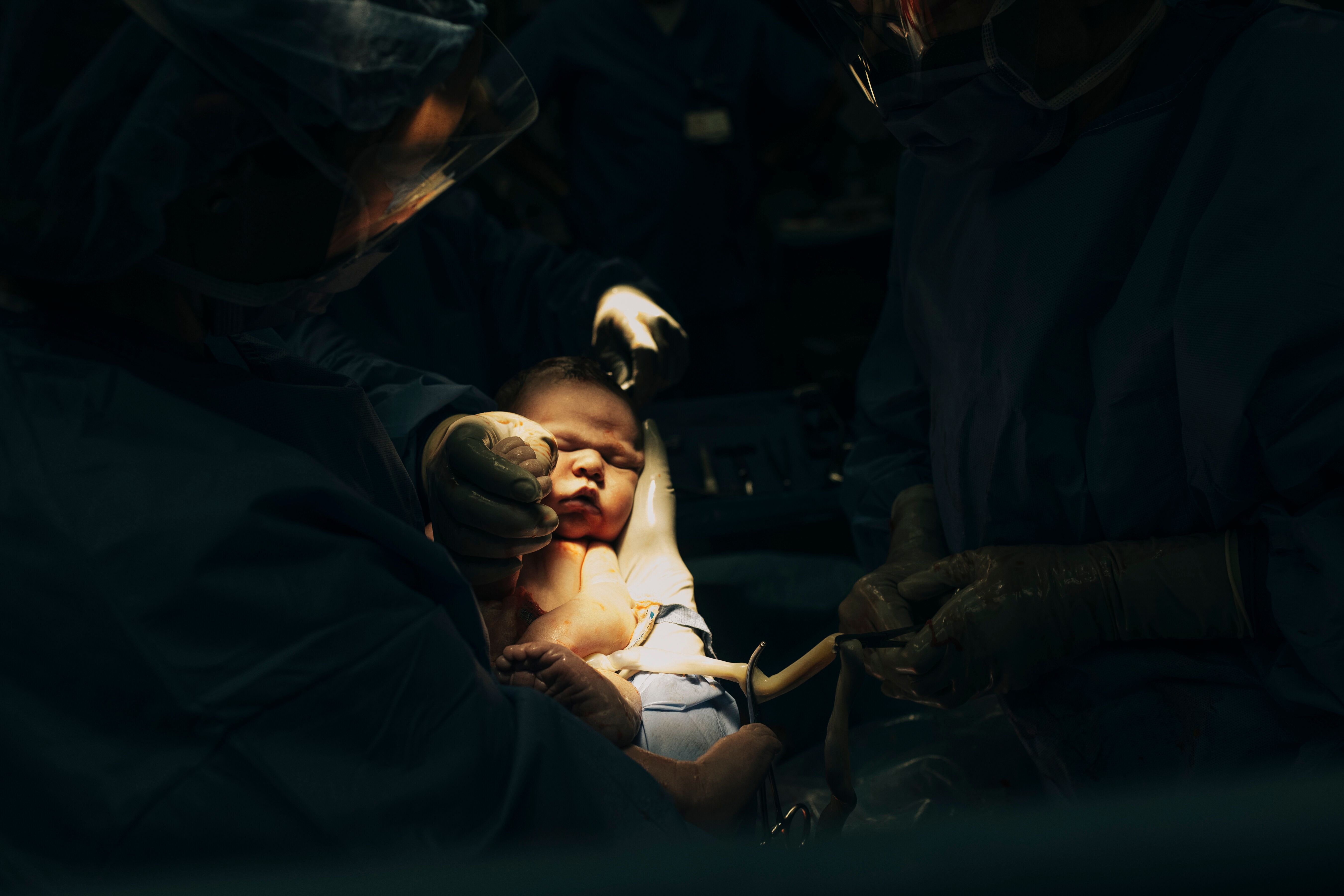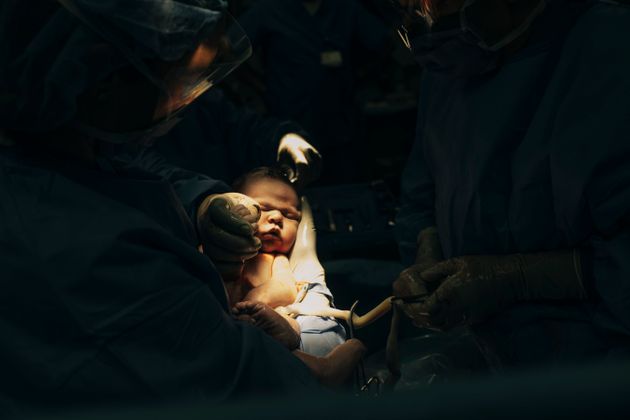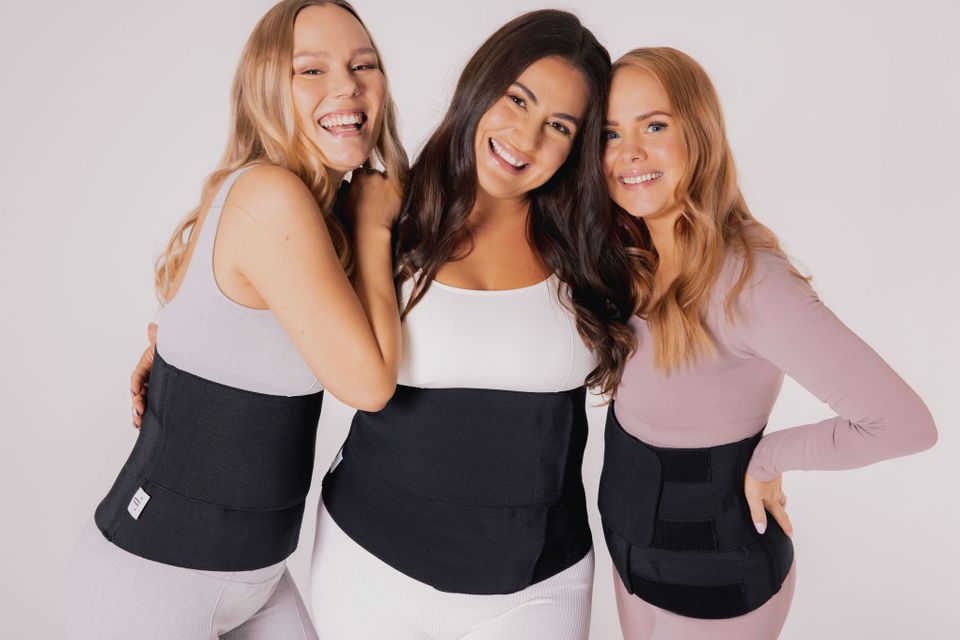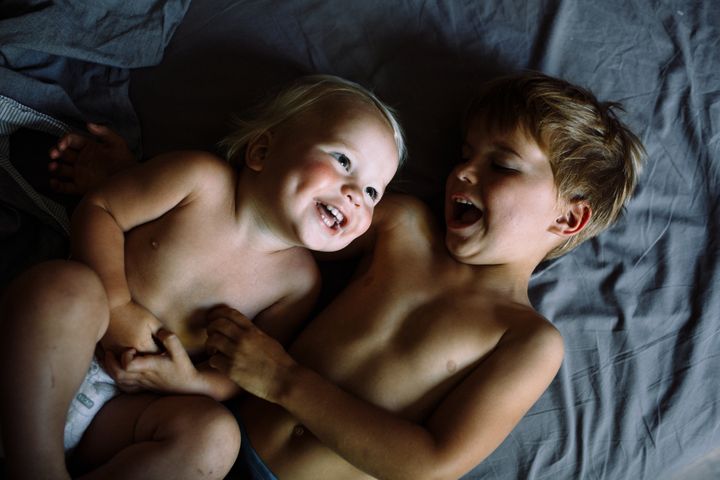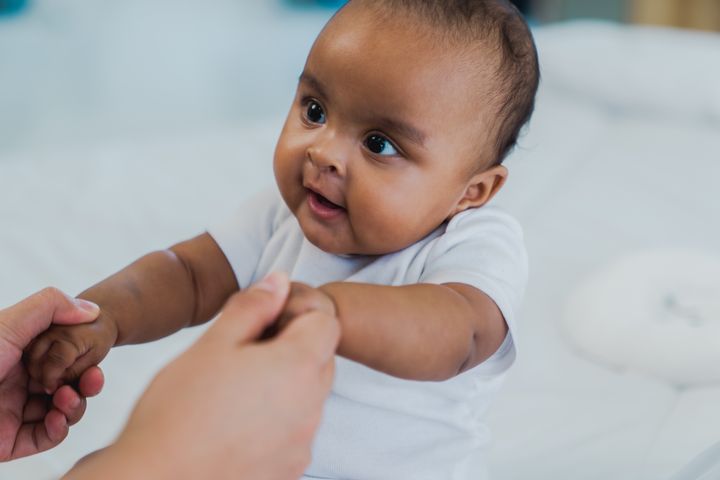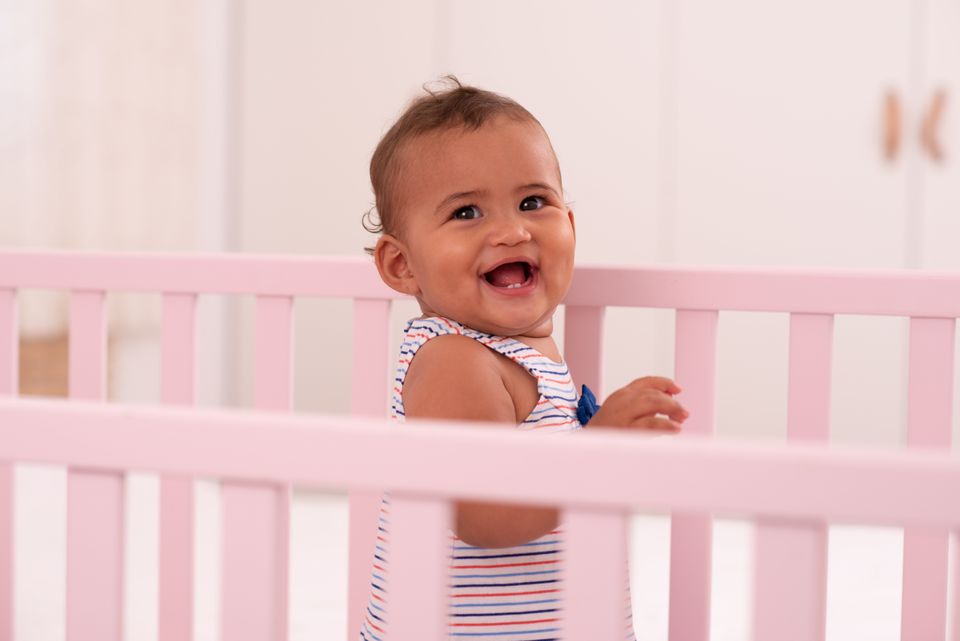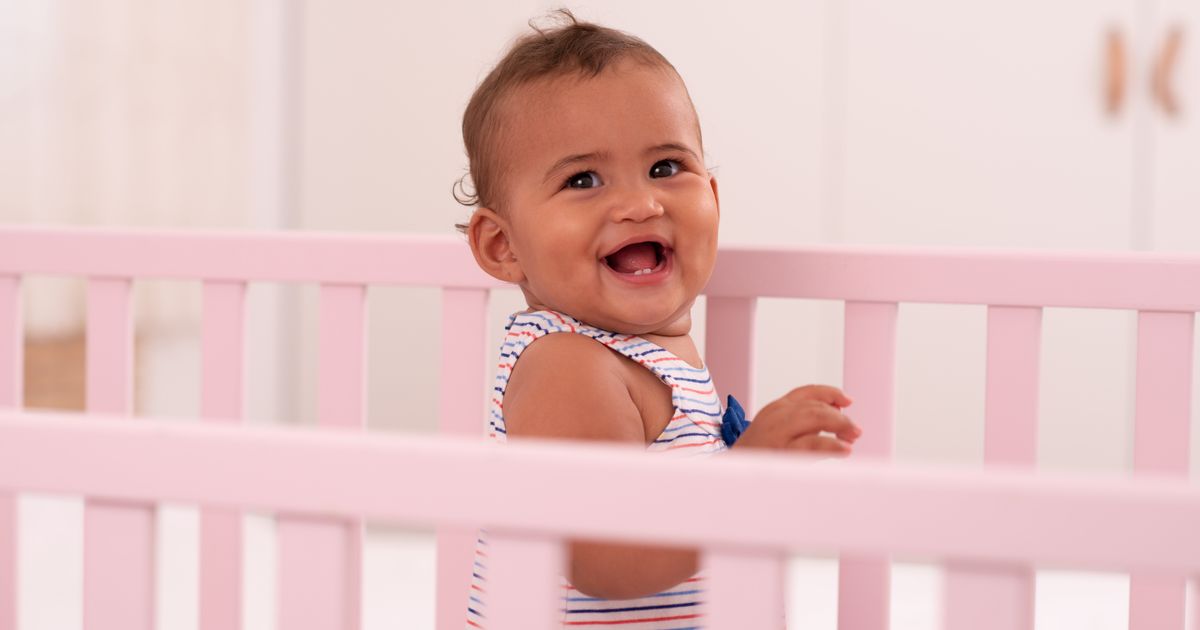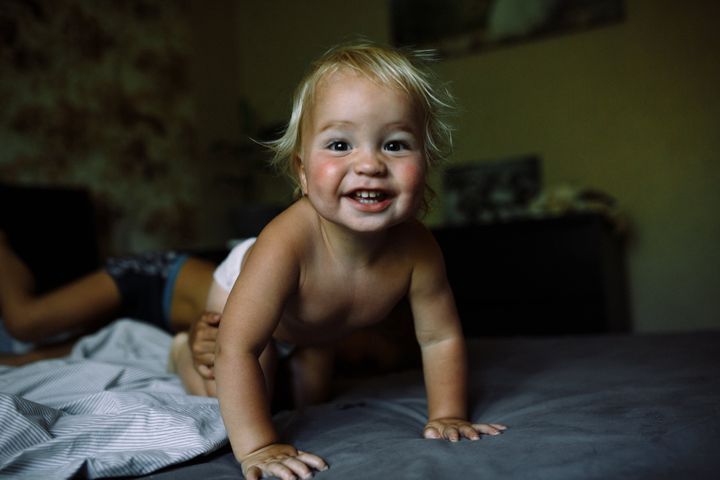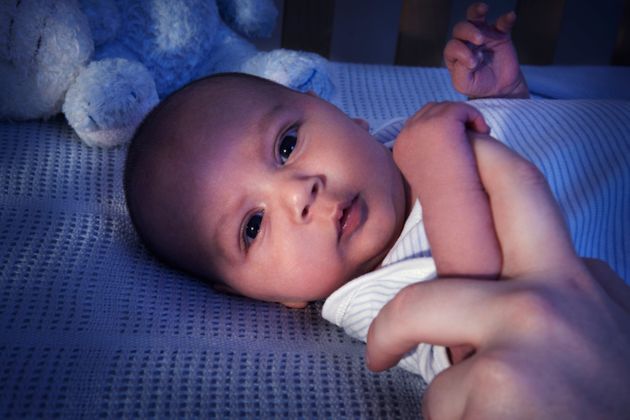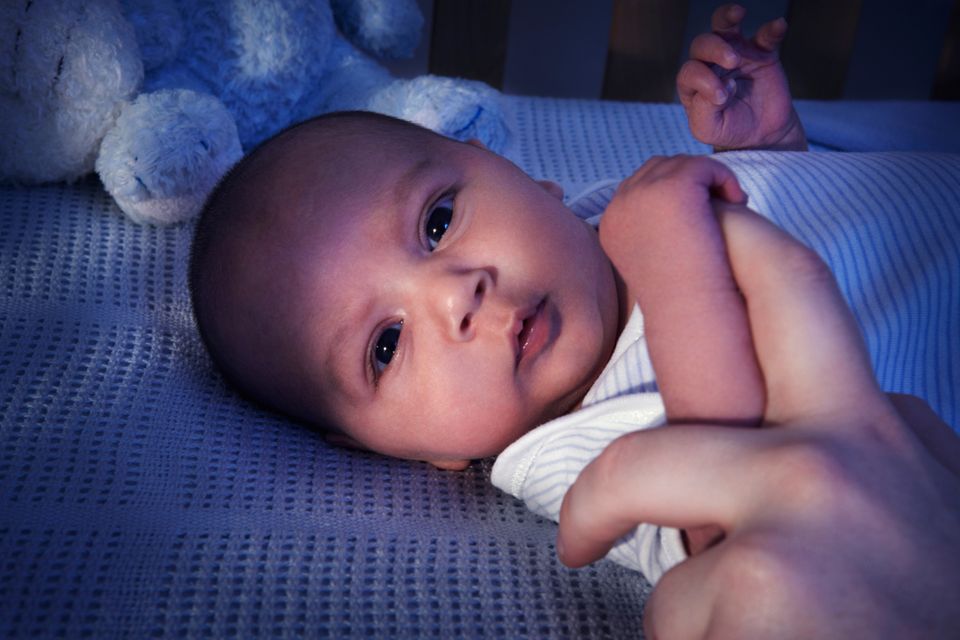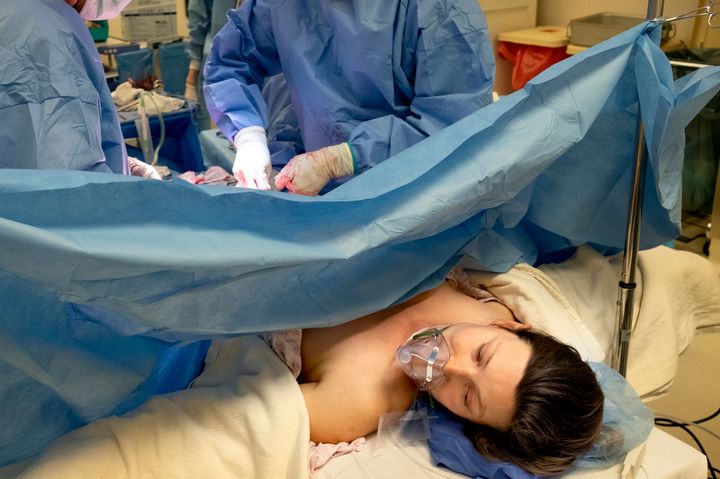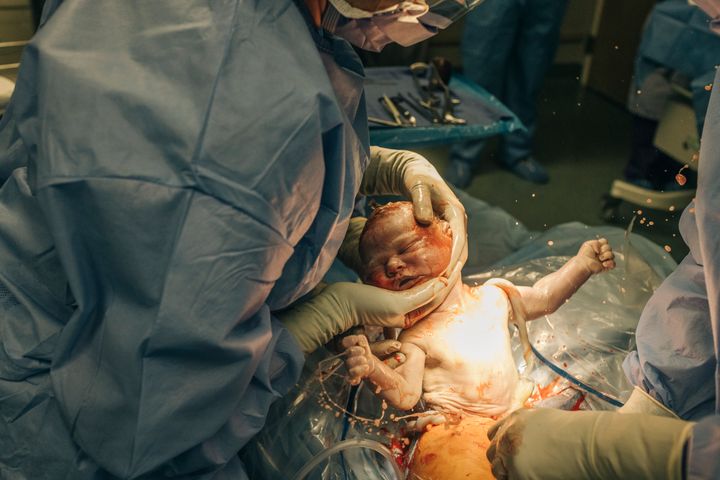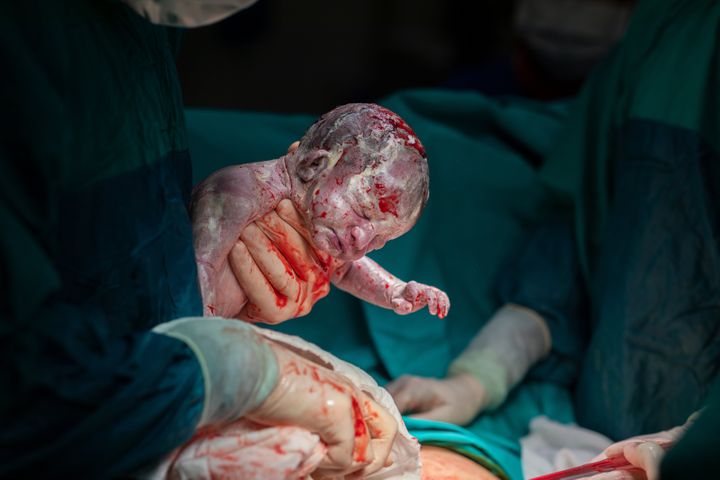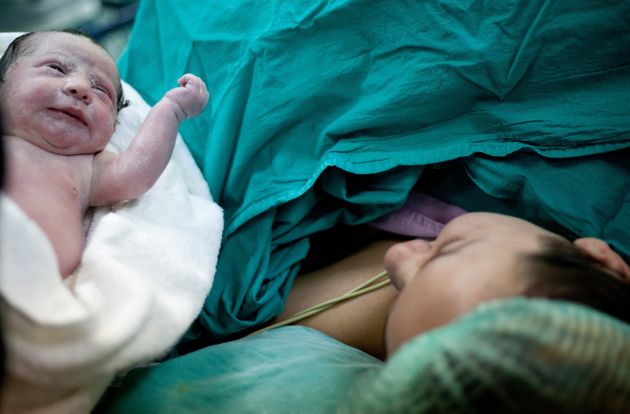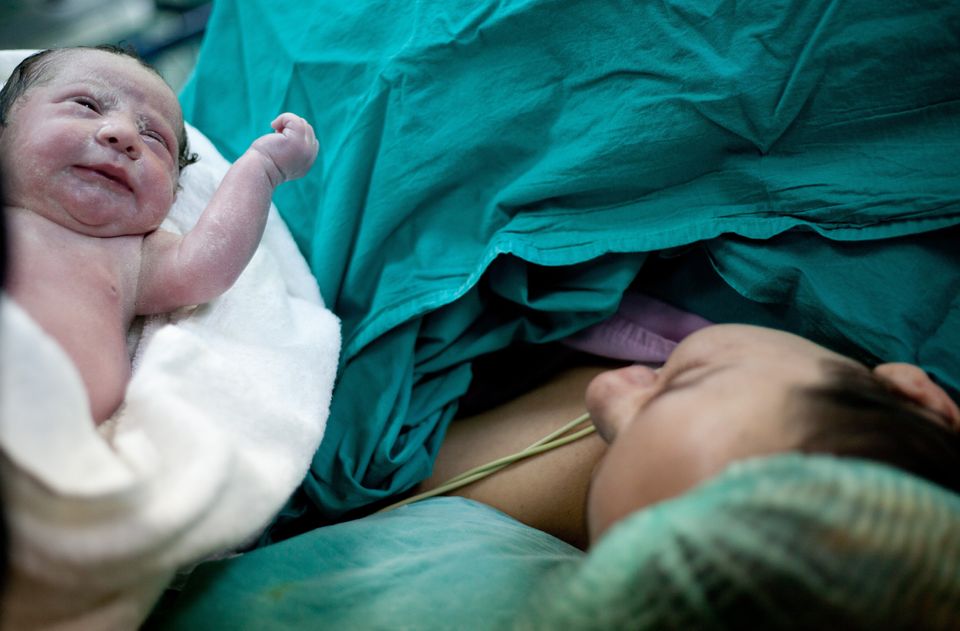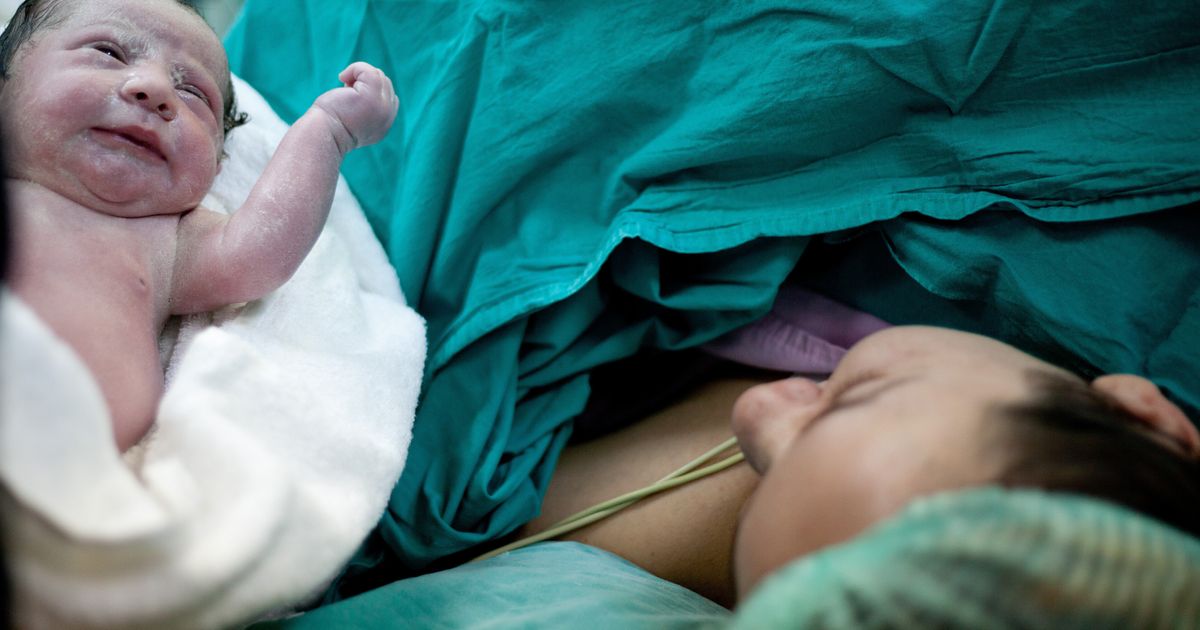What’s stopping new mums from breastfeeding? That’s the question photographer Ania Hrycyna set out to uncover when she gathered 15 mothers together for a candid festival-inspired photoshoot of them feeding their babies.
The UK has some of the lowest breastfeeding rates in the world with eight out of 10 women stopping before they want to.
Advertisement
Ahead of World Breastfeeding Week (1-7 August), the South London-based photographer and mother brought together a group of local women at a local airfield and asked them about the challenges they’d experienced in their breastfeeding journeys.
The photographer’s hope is that their stories – and gorgeous photos – will foster more empathy and understanding of the difficulties women face. And one theme that crops up time and time again is the lack of support new mothers face.
Here are some of their stories.
‘He struggled to latch and I received very little support from midwives at the hospital’

Ania Hrycyna
I started breastfeeding my firstborn in May 2017. He was tiny and very sleepy, really struggled to latch and I received very little support from the midwives at the hospital.
Advertisement
Once at home, he lost 13% of his birth weight. The home health visiting team were fabulous and helped me increase my milk supply and get onto an exclusively breastfeeding path which we followed for two-and-a-half years (until a couple of weeks before the birth of his little brother).
I thought after breastfeeding for two-and-a-half years it would be a doddle the second time around, but I guess I underestimated that my new little bundle had to find his way, too.
I managed to settle onto breastfeeding Hugo, who again I fed for two-and-a-half years. This time until I was about 30 weeks pregnant with my third baby, Max.
I have recently gone back to work after maternity leave so just learning to live in our new chaos and finding the right balance between expressing at work and co-sleeping so that he can get all his milk feeds.
I love the bond from breastfeeding my babies.
‘I never knew two breastfeeding journeys could be so different’
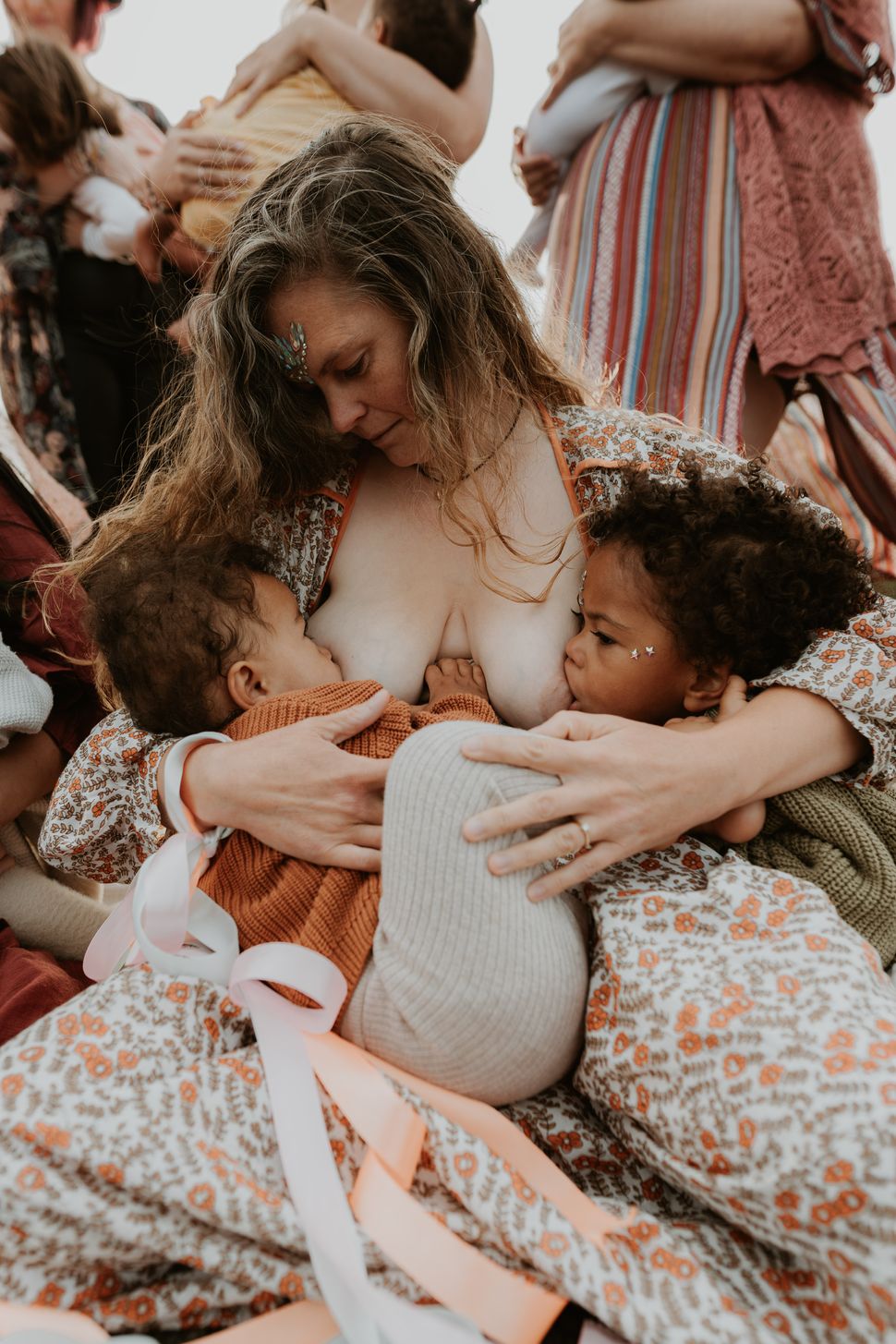
Ania Hrycyna
Advertisement
In 2020, I became a mother to our first child Lilah Ottalie. Breastfeeding was something I had set my heart on and it came so naturally to us both – born in water, she climbed up and latched on within moments, despite having a tongue tie.
She fed perfectly throughout my second pregnancy in 2022 and is still going strong today.
Our second child, Ottis Malachi, had a harder time learning to latch and feed. He was born very fast, he was tired and so was I – everything was a blur. He didn’t feed at all for the first 48 hours, he never got any of my golden colostrum. I felt very let down by the team at the hospital, I still do.
They wanted him to try formula as he couldn’t latch and he was losing energy. Lilah has a severe cow’s milk protein allergy that had her in and out of hospital for the first eight months of her life. I have been dairy-free for the last three-and-a-half years for this reason.
The hospital could only offer me cow’s milk formula for Ottis, which I had no choice but to accept. He reacted more or less straight away and I knew the symptoms so well that I declined the next feed. It was all on me.
Giving birth in lockdown meant my partner wasn’t allowed in to support me either, and it was the first time I had ever left Lilah, who was still breastfeeding and wasn’t allowed in to see us. I was heartbroken with a new baby that needed me.
Advertisement
We stayed in for four days until we were discharged with a feeding plan of me exclusively pumping to supply him with what he needed. Ottis had a lot of problems – we found out he also had a tongue tie and a high palate with a shallow latch.
At six days old he finally latched on his own for the first time. He really struggled to find his way to my nipple, so it was suggested at six weeks that we replicate being born and the newborn crawl to the boob. It helped and I was so emotional.
I had been told I wouldn’t be able to feed him and it was a long road but we got there in the end. He still wouldn’t latch every time and struggled a lot, he used to get very frustrated and chompy which had me in a lot of pain and tears. He also has low muscle tone making it hard for him to hold on when feeding.
I never knew two breastfeeding journeys could be so different. I have now been tandem feeding for a further year-and-a-half.
‘We need to be more open about the issues surrounding breastfeeding and where to go for support’
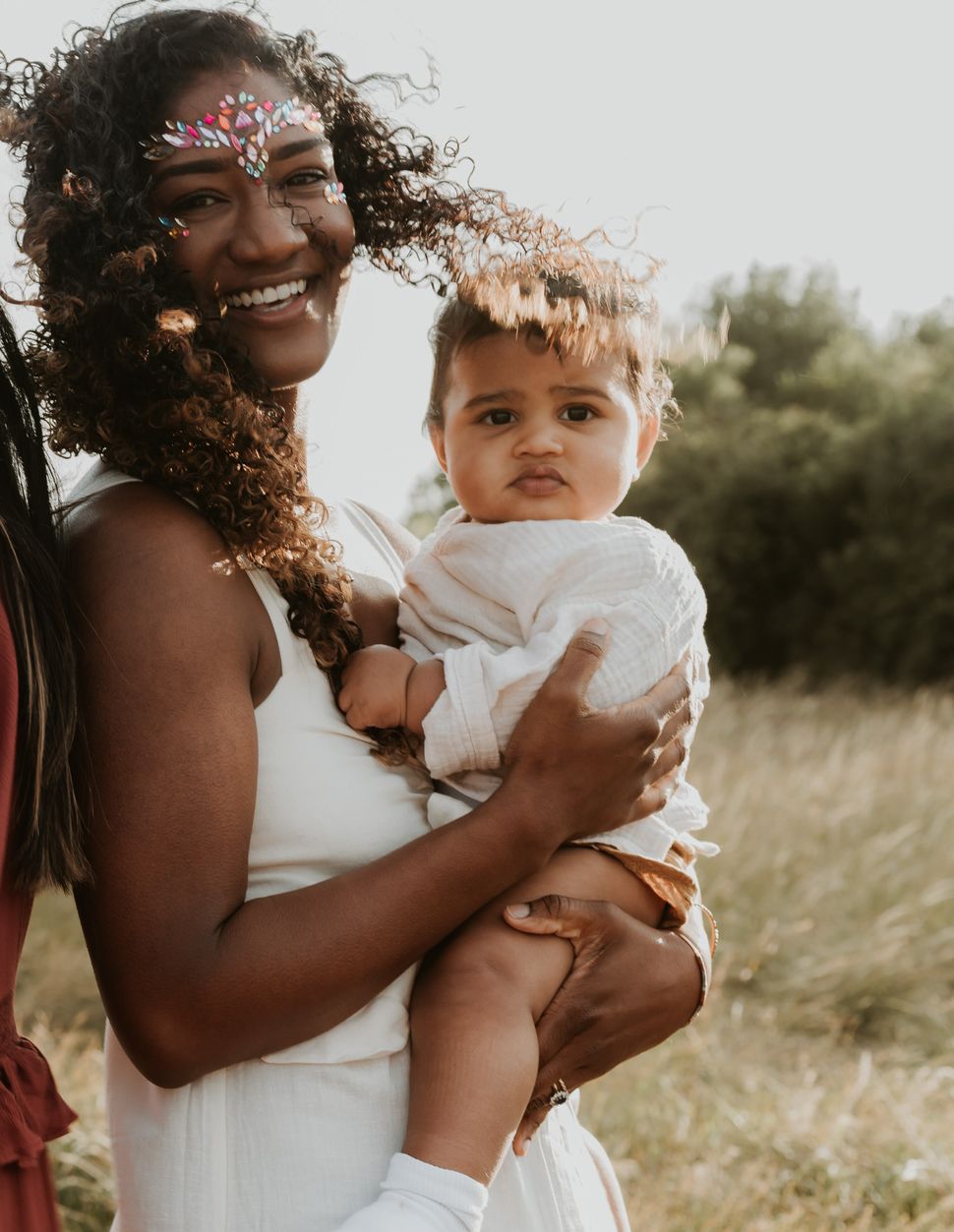
Ania Hrycyna
Advertisement
I knew I wanted to try breastfeeding, but also knew things might not work out and I didn’t want to feel too let down if I wasn’t able to. If anything I had almost convinced myself that I may not be able to because I was unable to harvest any colostrum before giving birth – despite my best efforts. I made sure to pack bottles of formula in my hospital bag.
With there being so much emphasis on ‘breast being best’ I did feel a bit guilty about being so comfortable with the idea of giving my baby formula straight away, like I had quit before starting – but now looking back I realise I had a lot of worries about breastfeeding in general with questions in my mind such as: Will I produce enough milk? Will it mean my body will never be my own again? Will my nipples be leaking milk all the time?
When I gave birth to my daughter, suddenly all of the feelings of anxiety and worry were quickly replaced with confidence as I watched her crawl up my stomach after birth, navigate her way to my boob and latch her little mouth – it was truly magical.
In this moment I fully understood and felt what my hypnobirthing teacher had meant when she said to trust your body and baby. Breastfeeding hasn’t come without the lows, though, and one of the things that surprised me was the pain – especially in those initial weeks when my daughter would cluster feed.
We’re told that breastfeeding should be a pain-free experience that will come naturally to us and our babies, which I don’t believe is true for the majority of women. I cried numerous times through the hard times in our journey, constantly thinking: why is this so tough when it’s supposed to be the most natural thing?
Advertisement
I think as a society we need to be more open about the issues surrounding breastfeeding and where to go for support, so that women can prepare themselves for the common issues and not struggle silently.
‘I felt like I was already failing as a mother, less than an hour after becoming one’
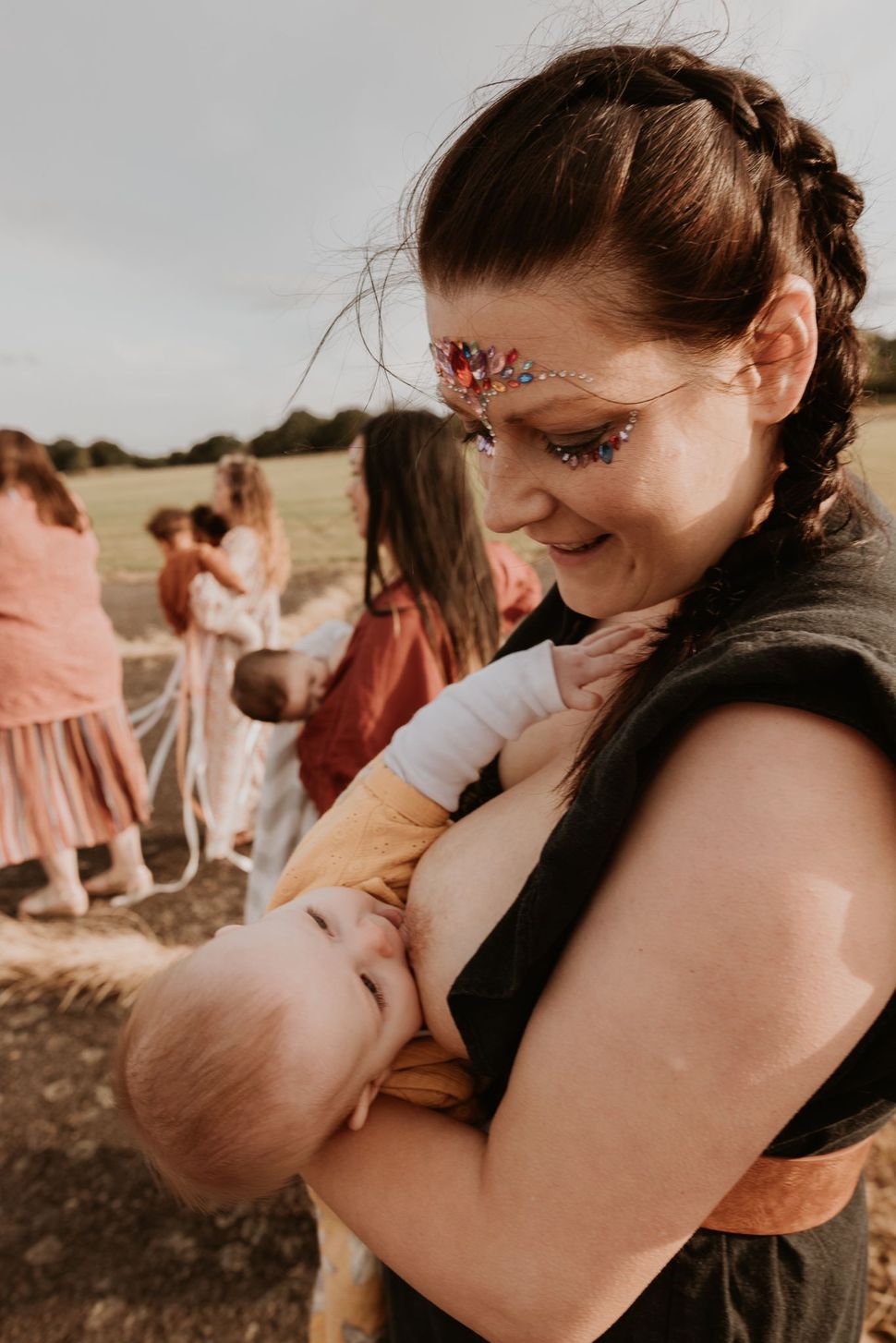
Ania Hrycyna
I always knew I wanted to breastfeed my children – my trouble was in having those children. After a good few years, I finally got pregnant thanks to the miracle of science, and then Covid-19 struck.
Serafina was born in September 2020. I tried to feed her in the minutes after birth, but she wouldn’t latch. I was devastated, especially as the breastfeeding nurses kept telling me it was because I have flat nipples. Hormones and tiredness didn’t help, but I felt that not only could I not conceive naturally, I couldn’t feed her naturally either. I felt like I was already failing as a mother, less than an hour after becoming one.
The following day, I was ‘allowed’ to express, so at least she was getting the good stuff… When I got home, I persevered with breastfeeding – my husband bought every contraption under the sun to try and help with my ‘flat nipples’ and the midwife who visited on day five tried to help me with positioning.
Advertisement
Serafina did start feeding, but I was in agony, kept getting blocked ducts, and had a baby or a pump attached to my boobs nearly 24/7. About six weeks after Serafina was born, I finally plucked up the courage to join a breastfeeding Zoom session. I was recommended a lactation consultant who arrived the next day and diagnosed a severe posterior tongue tie within two minutes of walking in the door and advised the stabbing, freezing pains I was feeling was vasospam.
A mere 10 seconds after the tongue tie was severed, Serafina latched onto my boob – and it felt amazing.
When we decided to try and have another baby, I was told I wouldn’t be able to start the hormone treatment until I’d stopped breastfeeding Serafina. After everything we’d been through to get to this point, how was I going to stop?! And why was I putting a potential future baby ahead of the real life baby girl I held in my arms?!
The guilt was crushing. But we eventually did it (with many tears!). Persephone was born in January this year and latched on and started feeding within minutes. It was a totally different experience. It still didn’t feel quite right, but it wasn’t painful. Tongue tie was discounted, so I just got on with it.
We were eventually referred to the tongue tie clinic because Persephone had green stools, and lo and behold, she had posterior tongue tie. To say I was annoyed is an understatement. But at six months old, she is now feeding much better. It has not been an easy journey, but I’m so proud of myself and my girls.
Advertisement
‘There is so much more to breastfeeding than just feeding a baby’
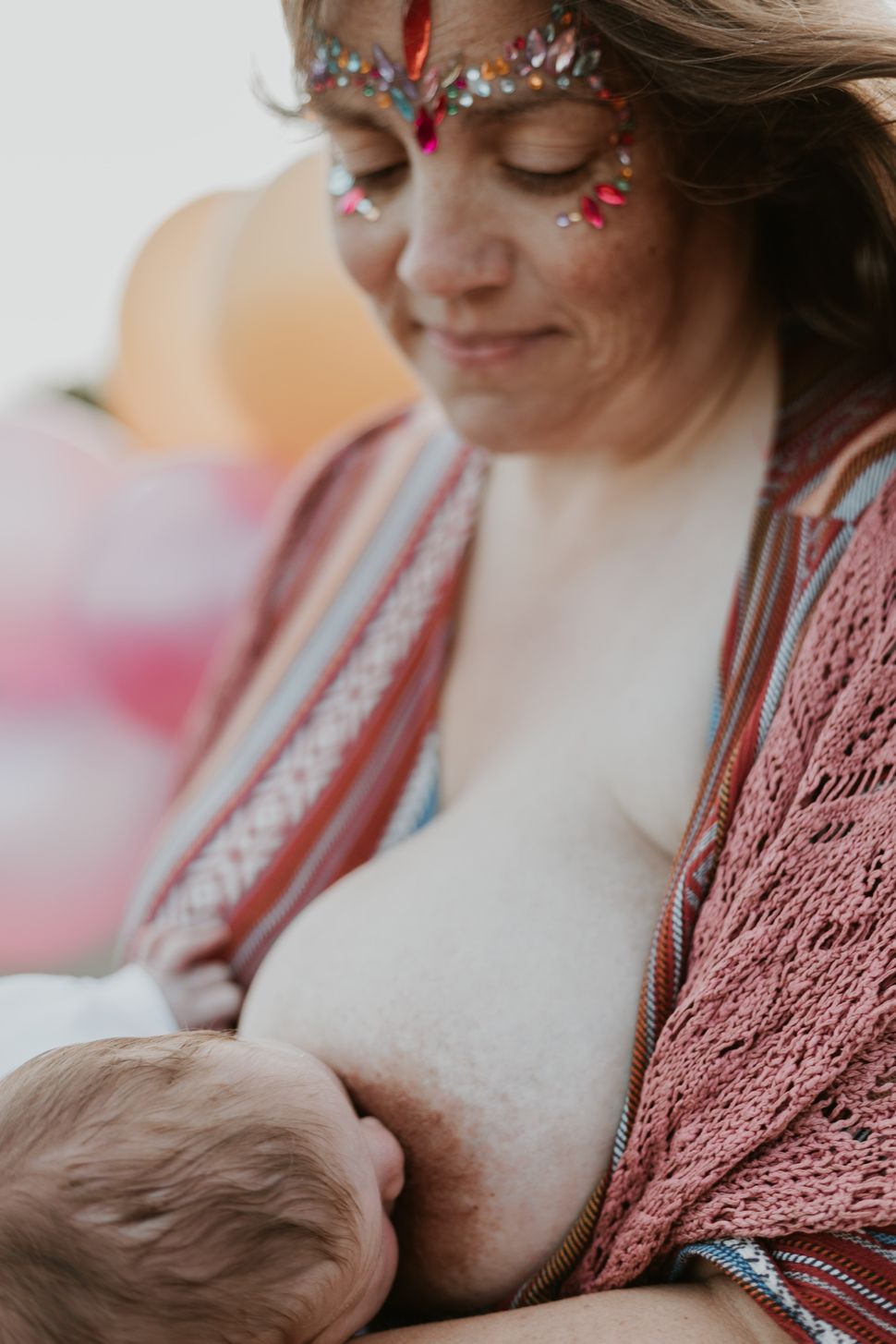
Ania Hrycyna
I always knew I wanted to breastfeed, so when my eldest daughter was born in 2013 I was delighted when it came quite easily to us both. When her younger brother was born 16 months later, it was a different story.
He had a tongue tie and feeding was really painful. I didn’t know how or where to access good support and believed the people who told me nothing could be done to make his feeding more comfortable.
I fed him for a year but it was a good three months before it felt comfortable. The same thing happened with his younger sister, born 18 months later and also with a tongue tie.
When my fourth baby was born and feeding was again painful, I knew a bit more about tongue tie and what to do. We found support, had her tie divided and feeding was so much easier from then on.
Advertisement
I decided to train as a breastfeeding counsellor, partly because I had always loved feeding my babies (despite the pain) and wanted to understand it more, and partly because I wanted to be able to offer others the support I had so desperately needed myself.
I spent two years completing a foundation degree and during that time my fifth and sixth babies came along, both with tongue tie. I recently gave birth to my seventh baby (again with tongue tie), who is in this photoshoot.
I find it so rewarding to be able to help people to work through difficulties and to be able to continue breastfeeding, where that is important to them. It has also been a huge help to my own breastfeeding journeys, which have not been without their difficulties, to understand how breastfeeding works and the impact that the various challenges can have.
I hear first-hand how valuable that support is for new parents and I am passionate about providing accessible support to anyone who needs it through drop-ins, free telephone helpline support and signposting to other services.
There is so much more to breastfeeding than just feeding a baby and I enjoy the constant learning that comes with working in breastfeeding support.
Advertisement

